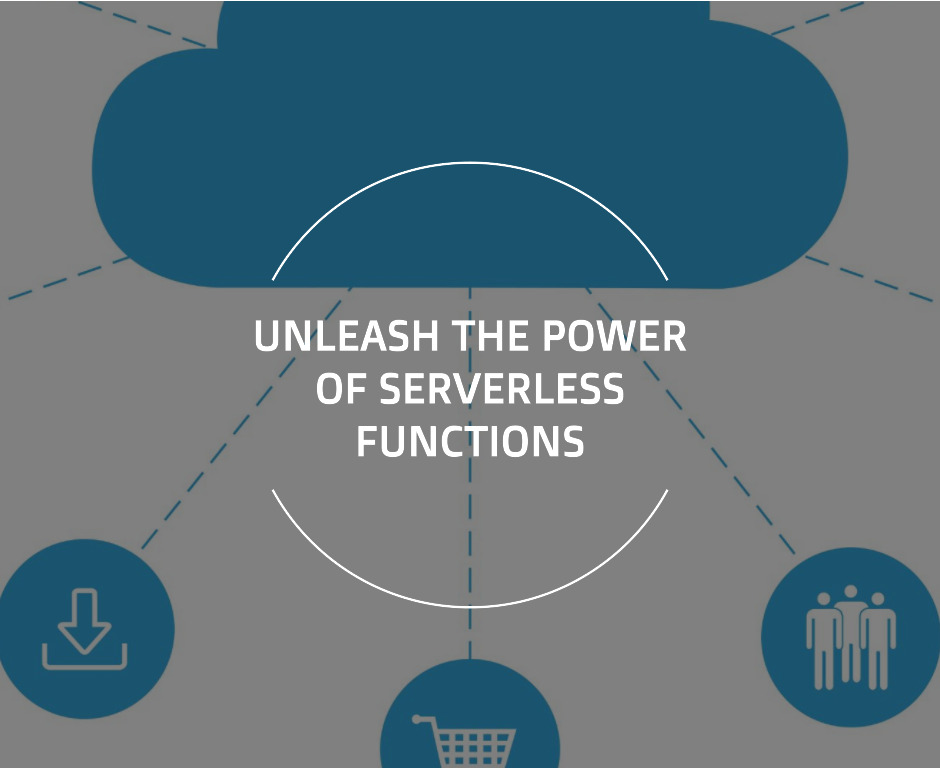An Introduction to Serverless Functions
Serverless functions are taking the world of cloud computing by storm. In this post, we’ll look at what exactly serverless functions are, their key benefits, and some use cases.
What Are Serverless Functions?
Serverless functions, also known as Function-as-a-Service (FaaS), are single-purpose, programmatic functions that run in response to events or requests.
Small, independent chunks of code known as serverless functions are activated when an event occurs.
You don’t need to bother about procuring or managing servers because serverless operations are hosted and maintained by a cloud provider. This can help save time and money for your workflow, as well as making scaling your apps simpler.
Some defining characteristics of serverless functions:
- No servers to provision or manage
- Auto-scaling based on demand
- Pay-per-execution pricing
- Event-driven execution
- Supports different languages like Node.js, Python, Go
- Executes in stateless containers
How do serverless functions work?
When an event occurs, the cloud provider triggers the execution of the corresponding serverless function. The function runs in a secure and isolated environment, and it is automatically scaled up or down depending on the load.
Once the function has finished running, it is destroyed. This means that you only pay for the time that the function is actually running.
Why Use Serverless Functions?
There are some great benefits to using serverless functions:
Flexibility – You can write simple, discrete pieces of code without having to manage underlying servers. Easy to scale up or down.
Cost-effective – You only pay for the compute time used to run your code. No charges when code is not running.
Auto-scaling – Serverless platforms handle scaling seamlessly as per demand. No more capacity planning.
Faster development – Abstracts away infrastructure, so you can focus on writing code. Speeds up dev process.
Event-driven – Functions can be triggered by various events like HTTP requests, file uploads, schedules etc.

Common Use Cases
Some typical use cases well-suited for serverless functions:
- Processing files uploaded to cloud storage
- Building API and web backends that are event-driven
- Automating tasks like image processing, scheduled jobs
- Real-time stream processing
- Webhooks and integrations with SaaS platforms
- Machine learning model predictions
- IoT data processing
- Payment processing
- Processing after login or logout
What are the limitations of serverless functions?
There are a few limitations to serverless functions, including:
- Cold starts: When a serverless function is triggered for the first time, it can take a few seconds to start up. This is known as a cold start.
- State management: Serverless functions are stateless, which means that they don’t have any persistent storage. This can make it difficult to manage state between function invocations.
- Vendor lock-in: Serverless functions are typically hosted by a single cloud provider, which can lead to vendor lock-in.
Conclusion
Serverless functions are a powerful tool that can help you build scalable and cost-effective applications. If you are considering using serverless functions, be sure to weigh the benefits and limitations carefully.

Leave a Reply